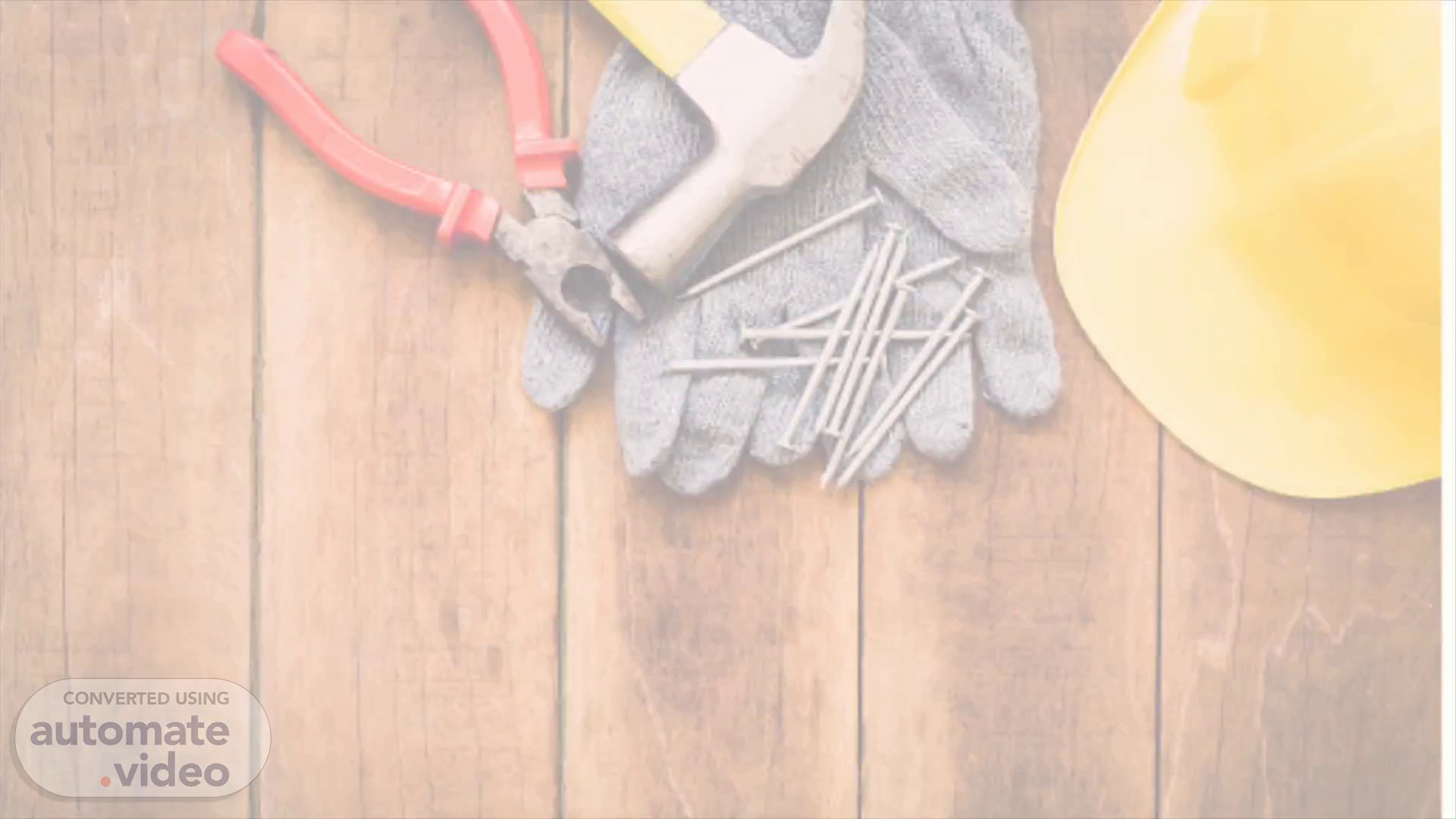Scene 1 (0s)
[Audio] Good morning everyone, and welcome to this presentation on roofing materials. Today, I'll be discussing the types of materials available, as well as providing guidance on how to estimate the necessary materials for roofing projects. Let's get started!.
Scene 2 (17s)
[Audio] G I sheets are widely used for roofing due to their durable and long-lasting characteristics. There are two types of G I sheets: plain and corrugated. Plain sheets are typically 90x240 centimeters in size. Corrugated sheets come in a standard width of 80 cm with lengths ranging from 150 to 360 cm. With its varied sizes and styles, G I sheets are a great option for most roofing needs..
Scene 3 (50s)
[Audio] Knowing the details of the materials used for roofing projects is crucial. Gauge is the thickness expressed in hundredth of an inch, and the only way to guarantee you get the right thickness of sheet is to measure its weight. Table 6-1 is an aid to identify the weight of G I sheet according to its length and gauge number..
Scene 4 (1m 11s)
[Audio] Review the plan and verify the side lapping. Depending on the number of corrugations, the effective width covering per sheet will vary. Standard end-lapping joint length is 25 to 30 centimeters, so adjust the spacing of the purlins to get the right length sheets. Whenever possible, use longer sheets for economic optimization and to minimize end lapping joints..
Scene 5 (1m 37s)
[Audio] The materials you use in roofing are as important as the methods used. Galvanized iron (G I ) is a common material for roofing. To calculate how much G I is needed for a roof, you need to find the length of the purlins along the gutter line and divide it by the effective width of one G I sheet. That will tell you the number of sheets needed for one row. Also, calculate the length of the rafter or top chord and decide on a combination of roofing sheets with this length. Multiply the result from the previous calculation by each length of sheet to find the final number. Use Table 6-2 and 6-3 to determine the amount of G I nails, rivets, washers, plain anchor straps, and lead washers; all measured in kilograms..
Scene 6 (2m 29s)
[Audio] I'll be discussing roofing materials, particularly gutters, flashing, ridge, hipped and valley rolls. They play an important role in constructing buildings and it's important to be able to correctly calculate the quantity of G I s needed for the job. As a tinsmith, it's imperative to use every inch of the tin sheet and avoid wasting it. You should also start with the larger cuts to save time. To work out the quantity, you should first determine the total length of the gutter and divide it by 2.35 meters, then calculate the total width of one gutter. You should then divide the width of one G I sheet by the result to determine how many gutters can be made with the sheet, with the fractional value used for the smaller components..
Scene 7 (3m 16s)
[Audio] When it comes to roofing, there are a variety of materials available. Galvanized iron (GI) sheets are one of the most popular materials to use. To install GI sheets on a roof, it is important to measure the length and width of the sheets accurately. To determine the total length of the roof gutter, start by measuring the total length, 56.00 meters. After that, divide the length by 2.35 m, which is the effective length of the gutter. This will give you 23.82, which can be rounded up to 24 pieces. Subtract the width of the gutter, 52.5 cm, from the standard width of one GI sheet, 90 cm. This leaves you with 37.5 cm of extra cut. Finally, order the appropriate material, which in this case would be 24 - 90 cm x 2.40 cm (8") plain sheet..
Scene 8 (4m 20s)
[Audio] Asbestos roofing components such as gutter, ridge, hip and valley rolls are pre-manufactured, making the installation process relatively straightforward. Various types of asbestos roofing are available, including standard and four V corrugated sheet, placa romana, kanaletas, tencor corrugated sheet, and Ardex standard and super lightweight corrugated sheet. Asbestos is renowned for its strength and resilience in any climate, making it the perfect option for roofing purposes..
Scene 9 (4m 51s)
[Audio] When it comes to roofing materials, it is essential to make sure that the correct amount is acquired for the job. To estimate the necessary amount of material, some basic calculations are needed. To determine the required amount of corrugated asbestos roofing, divide the total length of the gutter by the effective width covering of a single sheet. To calculate the needed quantity of accessories such as flashing, gutter, ridge, hip and valley roll, divide the total length of each part by the effective length of the accessories. For other parts such as ridge end cap, apron flashing, gutter corner, down spout and fittings, their quantification can be found by directly counting them as they generally come in standard sizes..
Scene 10 (5m 37s)
[Audio] Having the right roofing materials is essential to any construction and Colorbond is the perfect solution. It is a corrosion resistant coated steel sheet, pre-painted steel ribbed tray roofing and walling with a range of special features including a concealed fastening, look action rib design, attractive fluted rays, near flat roof slopes, leg supports-wider spaced, strong lightweight steel and custom cut long length. Colorbond offers a complete roofing solution that is reliable and attractive. Thank you..
